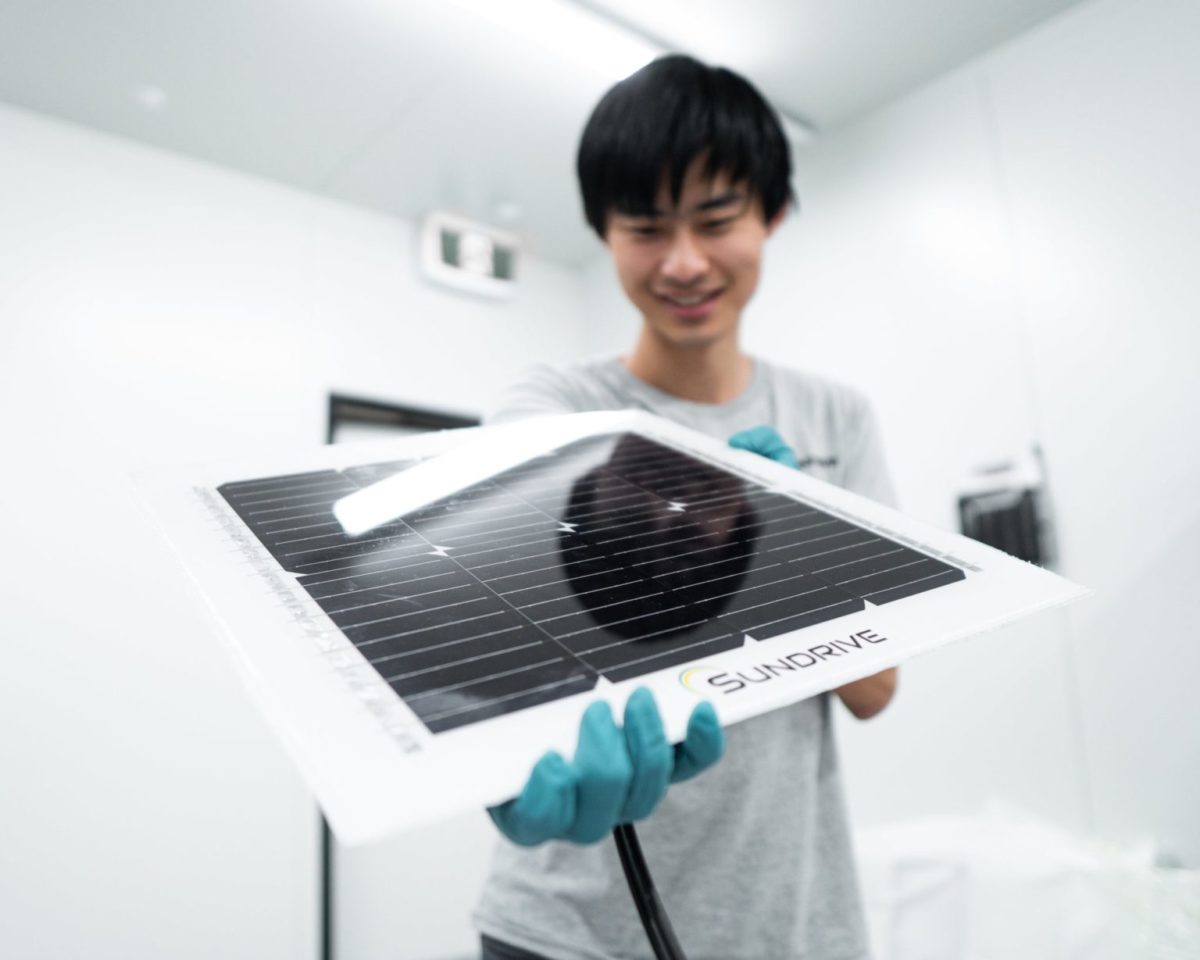SunDrive achieves 26.41% efficiency with copper-based solar cell technology – pv magazine International
SunDrive, an Australian solar technology company, has achieved 26.41% efficiency with a full-size silicon cell using heterojunction technology.
From PV Magazine Australia
With its copper-based technology, SunDrive has achieved an efficiency of 26.41% in a full-size silicon heterojunction (HJT) solar cell. It used large-scale production processes from China-based device manufacturer Maxwell Technologies.
Sydney-based SunDrive said the results, which beat the 26.07% efficiency mark announced earlier this year, have been officially confirmed by the Institute for Solar Energy Research in Hamelin (ISFH) in Germany. The company said the improvement in the HJT cell, with a total area of 274.3 square centimeters (M6 size), was observed in all three key performance parameters, including open circuit voltage (Voc), short circuit current (Isc) and fill factor (FF). It attributed the improvements to “multiple equipment and processing upgrades.”
SunDrive said Maxwell’s next-generation chemical vapor deposition (CVD) equipment incorporates bifacial microcrystalline silicon layer deposition, further improving backside passivation and contact resistance. In addition, more transparent conductive oxide (TCO) layers were applied using Maxwell’s latest PVD (Physical Vapor Deposition) coating system.
SunDrive said manufacturing the solar cell electrodes using the company’s copper plating technology instead of traditional silver screen printing has also played a key role in the efficiency gains. SunDrive, which is replacing the silver used in conventional solar cells with the cheaper and more abundant copper, said it has refined its copper plating chemistry and processing sequence, achieving feature sizes of less than 10 µm with an aspect ratio close to unity.
“What we have shown is that copper can effectively take the place of silver in these next-generation solar cell structures, but more importantly, efficiency can be further increased beyond levels achievable with silver,” das said Company.
As solar PV will play an important role in the world’s transition to a clean energy future, SunDrive co-founder Vince Allen said copper is key to unlocking the floodgates of more efficient solar cell structures, and using it in place of silver could enable solar energy technology, to reach their full potential.
“The solar cells that will supply most of the world’s future energy needs will be very different from the solar cells we have today,” Allen said. “Efficiency, cost and material scalability are fundamental to continued growth in solar energy adoption. Copper is about 100 times cheaper per kilogram and about 1,000 times more abundant than silver. And aside from the abundance and cost benefits of copper, we have found that we can improve efficiency beyond what is achievable with silver.”
SunDrive will now move forward with plans to set up a pilot production line by mid-2023, to be launched later in the year. While no location has been identified for the proposed manufacturing facility, Allen said Australia has many of the ingredients needed for a solar industry.
“We recognize that countries are increasingly competing in this space, but with the right political mindset, Australia has the potential to become a global powerhouse for solar manufacturing,” he said. “We have the need – we have the fastest growing rooftop solar market in the world and Australia is also likely to be home to the five largest solar farms over the next decade. We have the people – many of the world’s leading solar managers, scientists and engineers were educated at Australian universities and we have the capability, today’s commercial solar cells were invented here in Australia and Australia has held the world efficiency record for 30 of the last 40 years .”
Allen said the nation is also blessed with resources deemed critical to the clean energy transition.
“Australia is in the top 3 for global reserves of every key mineral needed to make a solar panel unmatched by any other country,” he said. “Australia also has probably the greatest chance of any country not only to reach net zero but to help other countries reach net zero – it is the sunniest and windiest continent in the world with one extremely large landmass and one very small population density.”
This content is protected by copyright and may not be used further. If you want to collaborate with us and reuse some of our content, please contact: [email protected].


Comments are closed.